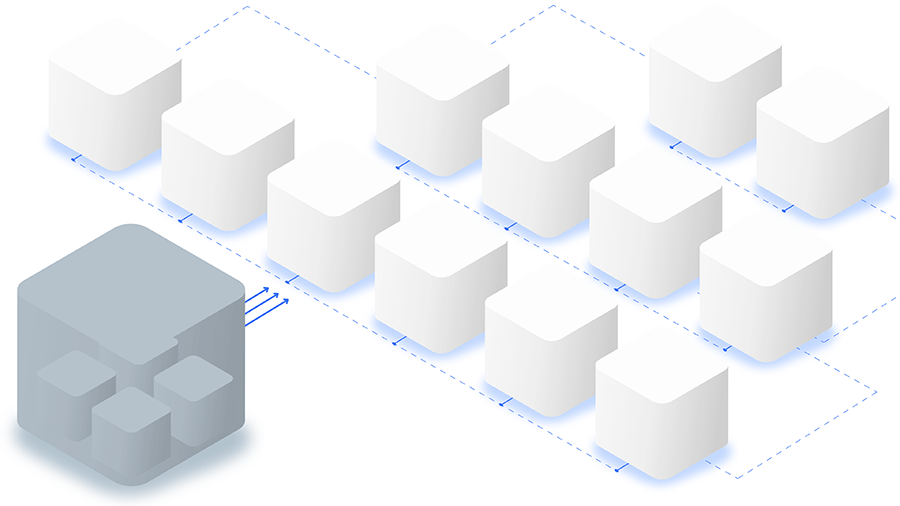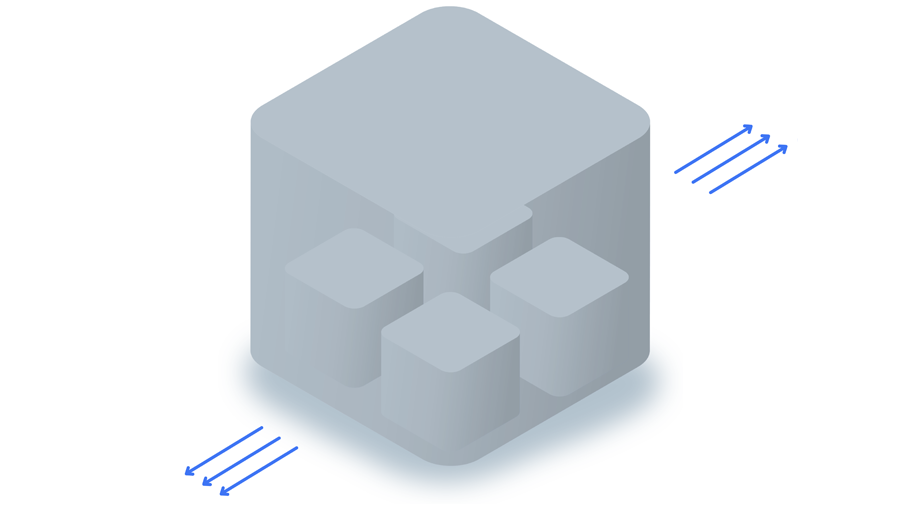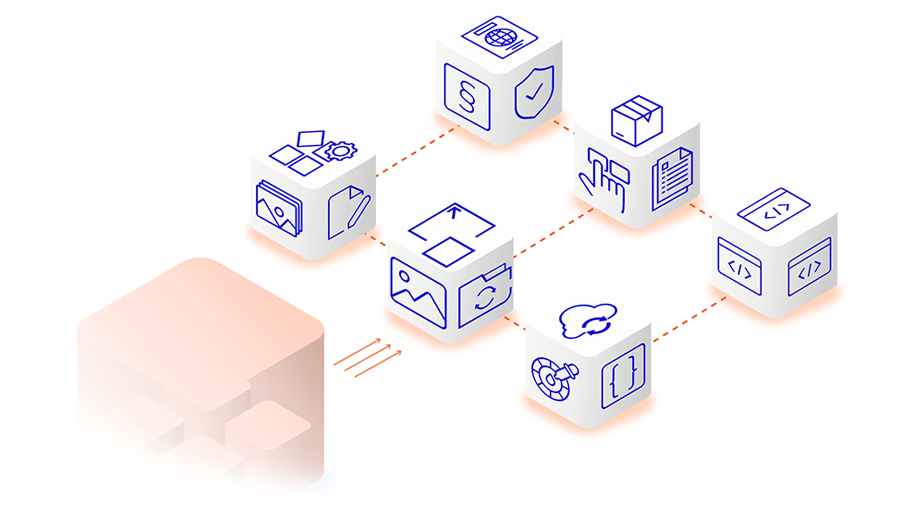Migrating Away from Legacy Systems: A 4-Step Strategy

As companies prepare for the end-of-life (EOL) of SAP Hybris PCM scheduled for 31 July 2026, it is important to consider the next steps in modernising the digital infrastructure.
This blog is part 2 of our series on replacing legacy systems and creating a migration strategy for legacy systems. In our previous blog, Preparing for the Transformation of SAP SAP Hybris End-of-Life Systems, we discussed the importance of planning for this transition.
In this blog, we present a strategic approach to migration. We'll focus on the timing of the transition, the key steps for success, potential challenges and why composable commerce is the ideal future-proof solution.
How to Know When to Migrate Your Legacy System
Companies may be forced to replatform for a variety of reasons, such as:

Technological Obsolescence
Legacy systems may not support modern apps or integrate with new technologies.

Scalability Issues
Old systems often lack flexibility, making it difficult to scale and adapt.

Security Vulnerabilities
Outdated software can't adequately combat modern security threats.

Poor User Experience
Inefficient systems frustrate users and reduce productivity.
4 Key Steps in Planning Your Migration
To successfully migrate from SAP Hybris PCM to a modern platform, follow these four key steps to ensure a smooth and effective migration process:
1
Assess Your Tech Stack and Define Your Migration Strategy
Start by assessing your current SAP Hybris PCM setup. Identify pain points and define clear goals—be it improving performance, reducing costs or improving the customer experience. This will help you determine your migration strategy and ensure the new platform meets your business needs.
2
Plan Your Data Migration
Data migration is one of the most complex aspects of moving from a legacy system. Ensure that the data remains accurate and consistent by cleansing it before the transfer. Proper planning and execution is critical to maintaining data integrity throughout the migration.
3
Implement the New Platform
Deploy the new system and integrate it with existing applications, processes and workflows. Careful coordination is required to minimise disruption and ensure seamless operation within your current ecosystem.
4
Test and Optimise
Thorough testing will ensure that the new platform functions correctly and fulfils your expectations. Conduct functional and performance tests and be prepared to optimise the platform based on feedback to improve performance, security and usability.
6 Common Pitfalls to Watch For During Migration
To avoid setbacks during your migration, be aware of these six common pitfalls and take proactive steps to mitigate them.
1
Lack of Clear Objectives and Scope Creep
Avoid project derailment by defining clear objectives and sticking to the scope. Uncontrolled changes can lead to delays and budget overruns.
2
Inadequate Planning and Preparation
Migration requires careful planning, including risk assessment and resource allocation. Poor planning can lead to data loss, downtime or compatibility problems.
3
Data Migration Challenges
Problems such as data corruption or loss of integrity can disrupt the migration. Implement robust validation processes and contingency plans to minimise these risks.
4
Incompatibility and Integration Issues
Ensure that the new platform can be smoothly integrated into existing systems. Test the integration points thoroughly to avoid operational interruptions.
5
Insufficient Testing and Quality Assurance
If you rush testing, critical issues can go unnoticed. Create comprehensive test protocols to ensure that the platform works as expected.
6
Change Management and User Training
Successful migration also depends on user adoption. Implement a robust change management strategy that includes user training and support to maximise the benefits of the new platform.
Composable Commerce — The Ideal Migration Choice
If you are moving away from legacy systeIms, consider migrating to a composable commerce platform based on the MACH architecture (microservices, API-first, cloud-native and headless). This approach offers the flexibility, scalability and innovation you need for modern business processes.
With composable commerce, you can tailor your technology stack to your specific needs and choose the best-of-breed components to build a system that grows with your business. It's simply a future-proof solution that lowers costs, prevents vendor lock-in and encourages innovation.
Transit to a Modern Platform with Bluestone PIM
Migrating from SAP Hybris PCM to a modern, composable platform like Bluestone PIM offers significant benefits, including improved scalability, cost savings, and enhanced customer experiences.
Bluestone PIM’s MACH-certified, cloud-native architecture provides the flexibility and advanced data management tools needed for a smooth transition.
Ready to start your migration? Get in touch with us to learn more or book a demo with us to explore how our MACH, composable, commerce platform can streamline your transition from SAP Hybris EOL legacy system and drive innovation for growth.




